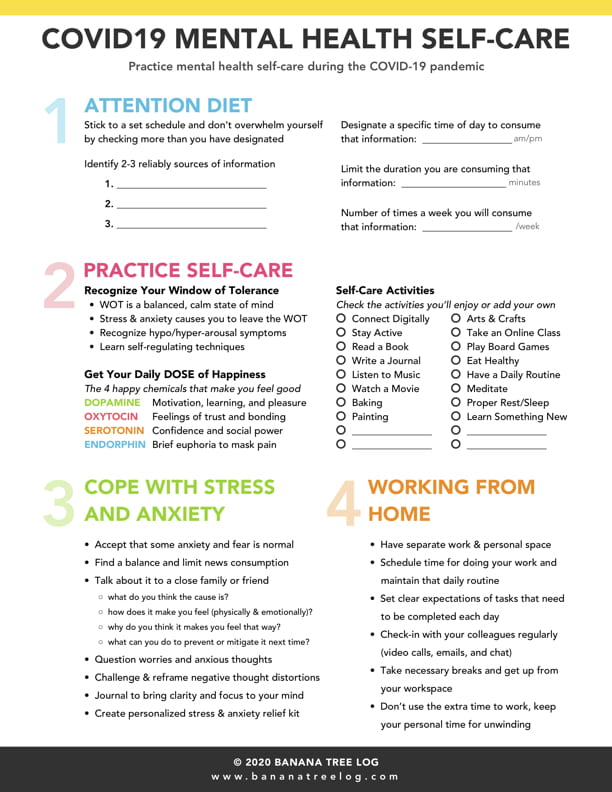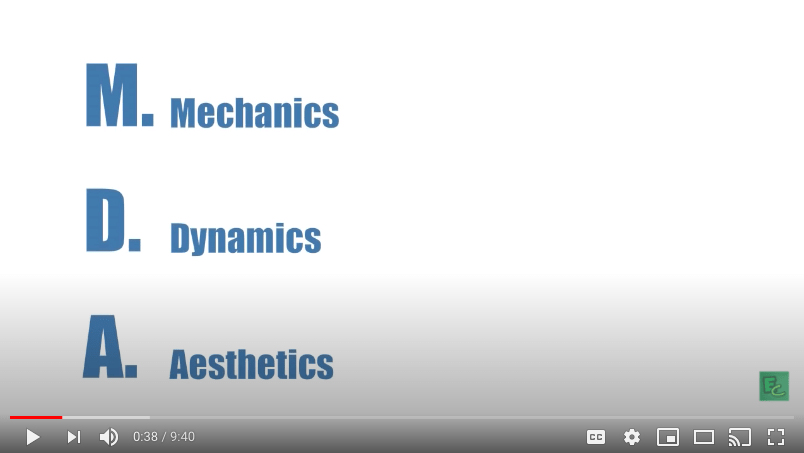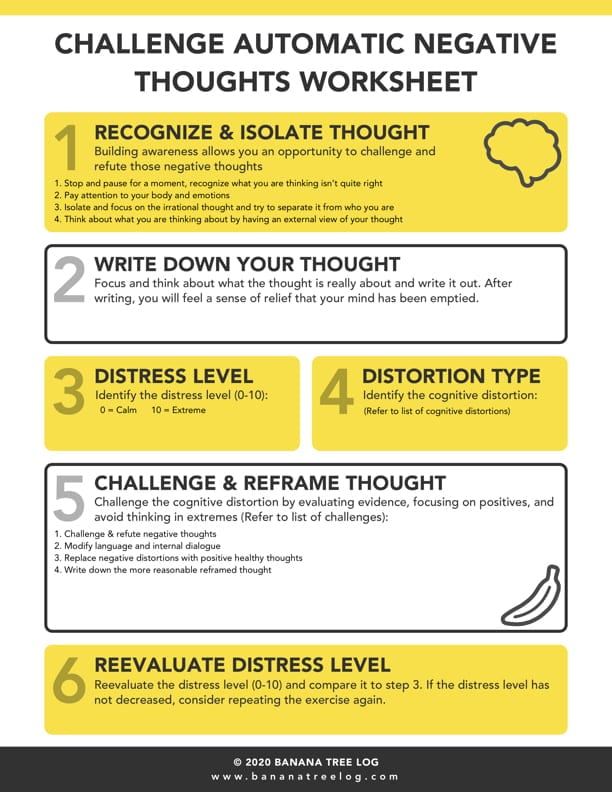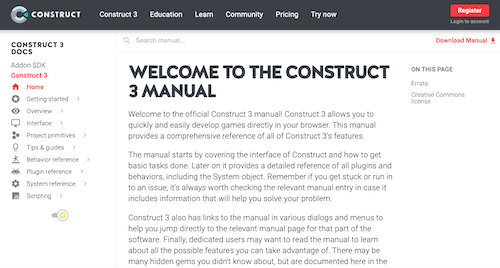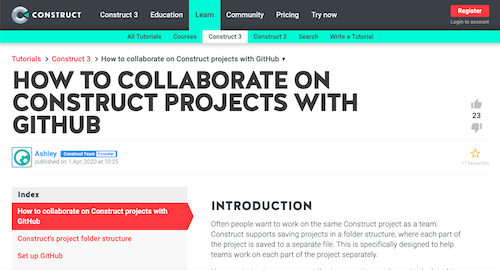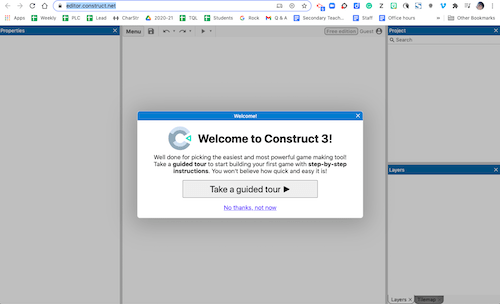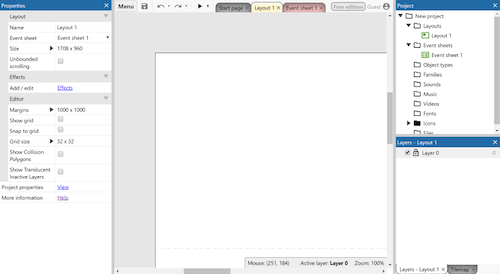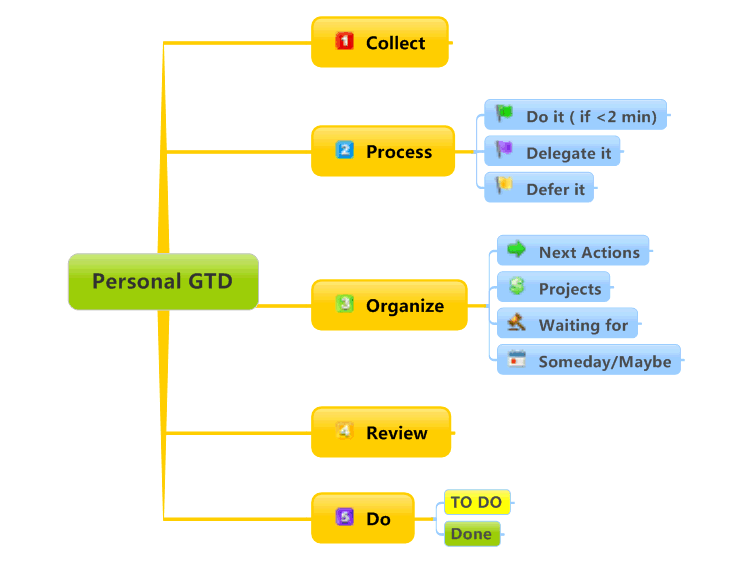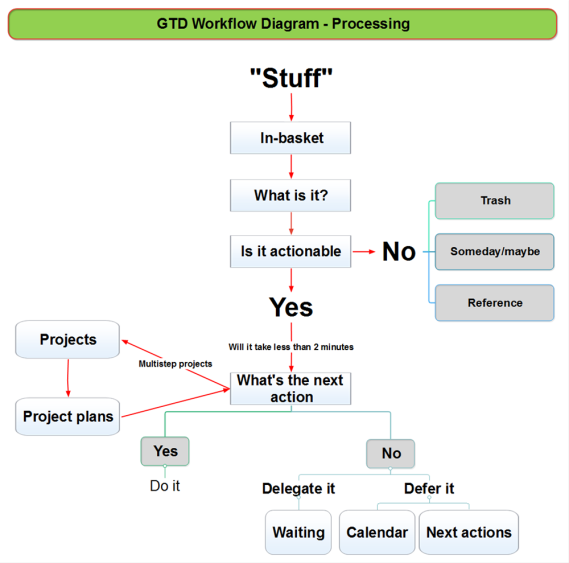Summary
Call of Duty: Cold War has 3 different game ‘modes’, the Campaign, Black Ops Zombies, and Multiplayer, I’m going to be covering the Campaign, which the campaign is an action packed single player mode with many different pieces with a long not too complicated storyline.
Game Play Analysis
| Formal Elements | |
| The Basics | |
| Name of the game | Call of Duty: Cold War |
| The platform | PC, Xbox (1S 1X Series X Series S), Playstation (4 and 5) |
| Time played (should be at least 30 minutes) | |
| If you could work on this game (change it), what would you change and why? | I would change the part where you play as Belikov to be less Free Roam |
| Players | NOTES |
| How many players are supported? | For Campaign only 1 player is supported |
| Does it need to be an exact number? | Yes |
| How does this affect play? | If there is no player, then the Campaign is paused |
| Some types of player frameworks: Single Player – like Solitare. Head-to-head – 1 vs. 1, Chess. PvE – Player vs. Environment, or multiple players vs. the game. Common in MMOs like World of Warcraft. One against Many – Single-player vs. multiple (obvy). Free-for-all – Every man for himself (1 vs. 1 vs. 1 vs. 1..). Most common for multiplayer games, from Monopoly to Modern Warfare. Individuals Against the System – Like Blackjack, where the Dealer is playing against multiple players, but those players have no effect on each other. Team Competition – Multiple vs. multiple, i.e. sports. Predator-prey – Players form a circle and everyone’s goal is to attack the player on their left and defend themselves from the player on their right. Five-pointed Star – Eliminate both players who are not on either side of you. | |
| Objectives/Goals | NOTES |
| What are the players trying to do? | In the start the Player is trying to find evidence to see what the Nova6 is, its different for each part of the campaign |
| Some common objectives include:Capture/Destroy – Eliminate all your opponents pieces (Chess).Territorial Acquisition – Control as much territory as you can, not necessarily harming other players (RISK).Collection – Collect a certain number of objects throughout the game (Pokemon).Solve – Solve a puzzle or crime (Clue).Chase/race/escape – Anything where you are running towards or away from something (playground game Tag).Spatial Alignment – Anything involving the positioning of elements (Tetris or Tic-Tac-Toe or that game at Cracker Barrel).Build – Advance your characters or build your resources to a certain point (The Sims).Negation of another goal – The game ends if you perform an act that is forbidden by the rules (Jenga or Twister). | |
| Rules/Mechanics | If you shoot at a Friendly (Adler, Woods, etc) The whole section restarts |
| There are three categories of (what the book Rules of Play calls) operational rules:Setup – the things you do at the beginning of a game.Progression of Play – what happens during the game.Resolution – How an outcome is determined based on the game state. | |
| Controls | NOTES |
| What controls are used? | On an Xbox controller, the right trigger is to shoot, left trigger is to aim in, B is for silent kill/body shield, pressing down on the right thumb stick will put you into crouching, and holding down on right thumb stick will put you into prone, left thumb stick is t move, right thumb stick is to look around, A is to jump, X is to reload, Y is to reload, left bumper is to throw tactical grenade (flashbang, stim shot, etc)right bumper is to throw lethal grenade (grenade, tomahawk, semtex, c4) and the three lines is to pause |
| Was there a clear introductory tutorial? | yes, but I knew the controls from playing other fps games |
| Were they easy to understand or did you find yourself spamming the controller? | once it shows up it is very easy to understand |
| Resources & Resource Management | NOTES |
| What kinds of resources do players control? | usually 1-2 guns, a grenade, and a flashbang |
| How are they maintained during play? | well if you run out of ammo then you reload the gun, simple enough |
| What is their role? | the gun, and grenades are used to shoot down spetsnaz, you play as a person in the CIA |
| A resource is everything under the control of a single player. Could be the money in Monopoly or health in WoW. Other examples are:Territory in RISK The number of questions remaining in 20 Questions Objects picked up during videogames (guns, health packs, etc.)Time (game time, real-time, or both)Known information (like suspects in Clue) | |
| Game State | NOTES |
| How much information in the game state is visible to the player? | too much to note down |
| A snapshot of the game at a single point is the game state. The resources you have, the un-owned properties in Monopoly, your opponent’s Archery skill all count towards the game state. Some example information structures are:Total Information – Nothing is hidden, like Chess.Info per player – Your hand of cards is only visible to you.One player has privileged info – Like a Dungeon Master.The game hides info from all players – Like Clue, where no one knows the victory condition.Fog of War – In video games, where certain sections of the map are concealed if you do not have a unit in sight range of that area. You also cannot see other players’ screens, so each player is unaware of the other’s information. | |
| Sequencing | NOTES |
| In what order do players take their actions? | Real time, with some exceptions |
| How does play flow from one action to another? | Smoothly |
| Some structures include:Turn-based – Standard board game technique.Turn-based with simultaneous play – where everyone takes their turn at the same time (like writing something down or putting a card down in War).Real-time – Actions happen as fast as players can make them. Action-based video games.Turn-based and time limits – You have this long to take your turn. | |
| Player Interaction | |
| Some examples:Direct Conflict – I attack you.Negotiation – If you support me here, I’ll help you there.Trading – I’ll give you this for that.Information Sharing – If you go there, I’m warning you, a trap will go off. | |
| Theme & Narrative | NOTES |
| Does it have an actual story structure? | Yes |
| Is it based on a historical event (or similar)? | 100% |
| Does the theme or narrative help you know how to play? | Yes |
| Does it have emotional impacts? | Partially (havent completed it yet) |
| Also, look for en media res (does it start in the middle of the game)? | no |
| The Elements in Motion | NOTES |
| How do the different elements interact? | the different elements interact as if it was real life, if you shoot down one spetsnaz with many around then they’ll shoot back, if you’re spotted then they’ll shoot at you |
| What is the gameplay like? | it depends on how you play, if you like being sneaky then you’ll like certain parts, if you like going i guns blazing then you’ll like most of it |
| Is it effective? | yes |
| Are there any points where the design choices break down? | No |
| Design Critique | NOTES |
| Why did the designer make these particular choices? | To make it look partially realistic |
| Why this set of resources? | to make it thrilling, and make people want to play it again |
| What if they made different decisions? | if they made different decisions then it wouldnt have had the same outcome |
| Does the design break down at any point? | no |
| Graphics & Sound | NOTES |
| Does the game art pair well with the mechanics? | yes |
| Did you find any bugs or glitches? | nope |
| What about sound? | sound is realistic |
| Can you spot any technical shortcuts? | no |
| Various Stages of the Game | NOTES |
| To wrap up, some things to keep in mind (as if there aren’t enough already) as you play: | Don’t just point and shoot, you need to listen, if you hear multiple in one area, use a grenade, if you’re out of grenades then pick them off one by one |
| What challenges do you face, and how do you overcome them? | you face many challenges, one of which is getting past spetsnaz forces, and you can overcome it by killing them all, or sneakily getting past them |
| Is the game fair? | well, there are different difficulty, some are unfair in the players view, some unfair in the npc’s view. |
| Is it replayable? Are there multiple paths to victory or optional rules that can change the experience? | it is replayable, and there re different paths to victory, yes. |
| What is the intended audience? | 17+ |
| What is the core, the one thing you do over and over, and is it fun? | The core is to kill spetsnaz and dont die, it is very fun with different techniques needed. |

